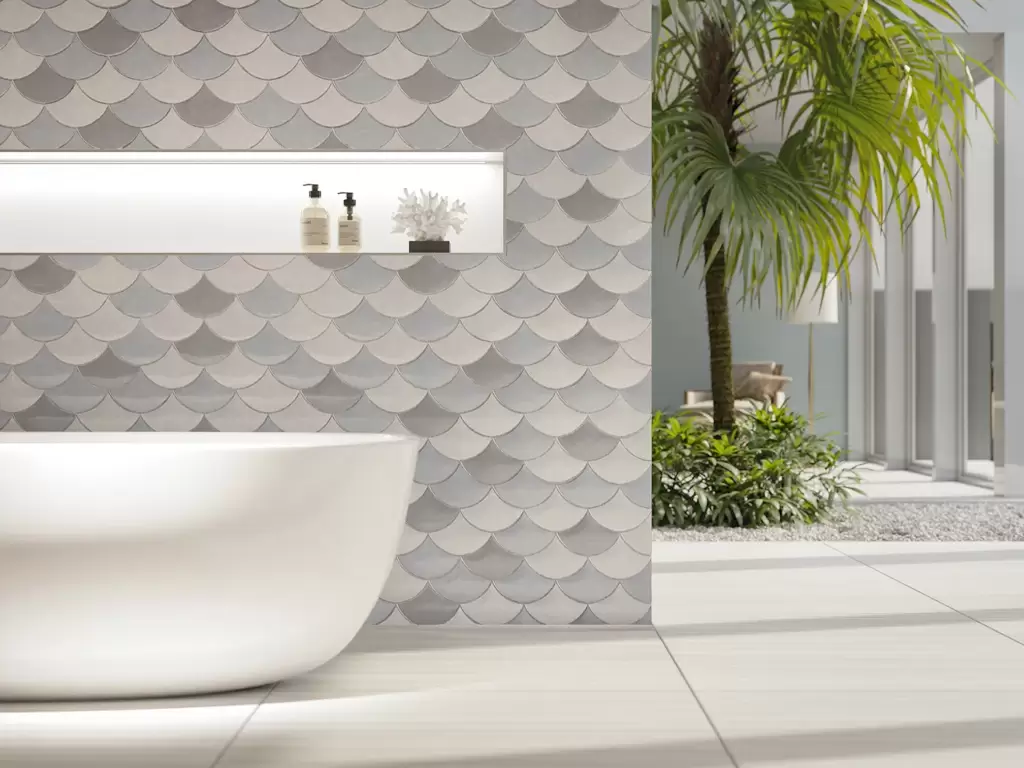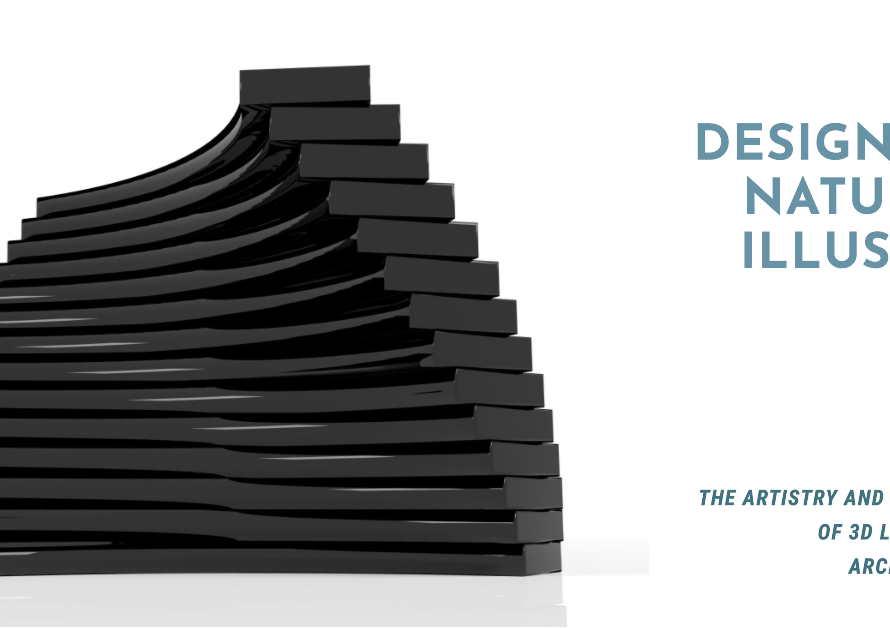Table of Contents
In recent years, there has been a growing trend towards embracing a minimalist lifestyle, seeking simplicity, calmness, and functionality in our living spaces. Designing a minimalist home involves careful planning and execution to create a space that promotes a sense of peace, clarity, and well-being. In this comprehensive step-by-step guide, we will take you through the process of designing a minimalist home from start to finish, incorporating key principles and practical tips.


1. Understand the Philosophy of Minimalism:
Minimalism is not just about decluttering; it is a mindset that encourages us to be intentional about our choices and select only what truly adds value to our lives. Before diving into the design process, take some time to explore the philosophy of minimalism. Reflect on your personal values and how they align with minimalist principles. Understanding the overarching philosophy will guide your design decisions.
2. Evaluate your Space:
Start by evaluating your living space. Assess the size, layout, and existing features to determine how you can optimize your space for minimalism. Consider the flow of natural light, the functionality of each area, and how you currently utilize the space. Identifying the strengths and weaknesses of your space will help you design a minimalist home that suits your needs.
3. Declutter Effectively:
Minimalism requires getting rid of unnecessary clutter and focusing on the essentials. Begin the design process by decluttering your home thoroughly. Assess every item and ask yourself if it serves a practical purpose or brings joy to your life. Remove anything that doesn’t meet these criteria. Streamlining your possessions will create a clean canvas for minimalist design.
4. Establish a Neutral Color Palette:
Choose a neutral color palette as the foundation of your minimalist home. Shades of white, beige, gray, and muted earth tones work well to create a serene and harmonious atmosphere. Limit the use of bright or vibrant colors, as they can disrupt the minimalist aesthetic. A neutral color scheme provides a timeless backdrop that allows other design elements to shine.
5. Embrace Simplicity in Furniture and Layout:
The minimalist design celebrates simplicity and clean lines. Choose furniture pieces with minimalist aesthetics, featuring sleek designs and minimal ornamentation. Opt for furniture made of natural materials like wood, metal, or leather. Arrange furniture in a way that maximizes functionality and promotes open space. Avoid overcrowding rooms to maintain a sense of minimalism.
6. Enhance with Selective Decor:
When it comes to decor, less is more in a minimalist home. Select a few key pieces that align with your personal style and add visual interest without overwhelming the space. Avoid cluttering surfaces and walls with excessive decorations. Choose art pieces, plants, or statement objects that enhance the overall aesthetic of your minimalist home.
7. Incorporate Clever Storage Solutions:
To maintain the minimalist aesthetic, it’s essential to have adequate storage solutions. Optimize your space by incorporating clever storage options that blend seamlessly with the overall design. Utilize built-in shelves, hidden compartments, and multi-functional furniture to reduce visual clutter and keep your home organized.
8. Focus on Lighting:
Lighting plays a crucial role in minimalist design. Maximize natural light by using sheer curtains or blinds that allow ample sunlight to enter the space. Supplement with ambient and task lighting to create a cozy and inviting atmosphere. Avoid excessive lighting fixtures or complex designs that can disrupt the simplicity of the space.
9. Cultivate a Sense of Balance:
Maintaining balance is vital in minimalist design. Achieve balance by carefully considering the placement of furniture, decor, and other elements in your home. Symmetry or asymmetry can be used depending on your personal preferences, provided it creates a harmonious and balanced environment.
10. Continuously Refine and Maintain:
Minimalism is an ongoing process. Regularly assess your home to ensure that it aligns with your minimalist goals and values. Refine and edit as necessary, removing any items or elements that no longer serve a purpose. Regular maintenance and organizational efforts will help you sustain a minimalist home in the long run.
Conclusion:
Designing a minimalist home requires thoughtfulness and intentionality. By understanding the philosophy of minimalism, decluttering effectively, selecting a neutral color palette, embracing simplicity, and incorporating key design elements, you can create a home that promotes tranquility and focus. Remember, it's not about achieving perfection but rather creating a space that aligns with your values and supports the minimalist lifestyle.


